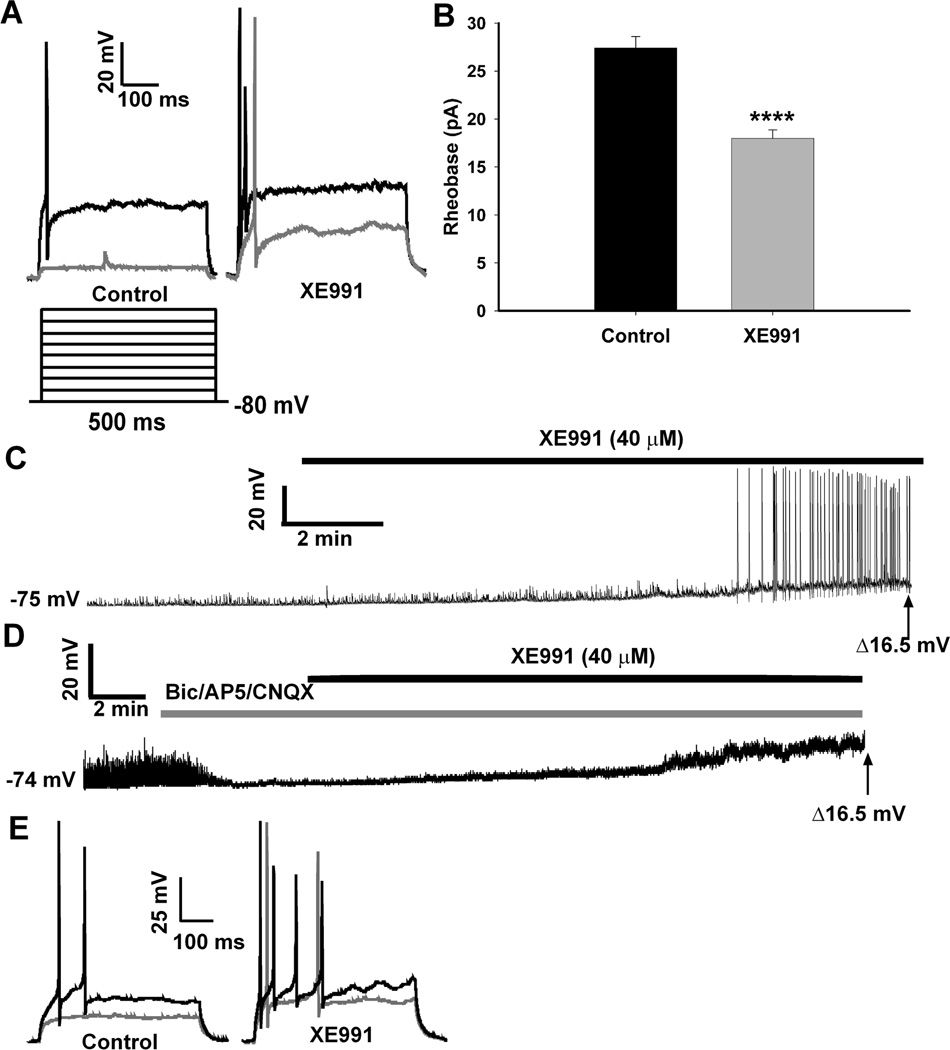Figure 1. Blocking the M-current increases firing activity in NPY neurons from fed male mice.
A, In current clamp, the rheobase was determined in both control and XE991 (40 µM) conditions. To elicit action potentials, the resting membrane potential (RMP) was held at −80 mV, followed by injection of small amounts of current (~ 6 pA/step, 500 ms). The black trace is the first current injection to evoke an AP in the control conditions and multiple spikes in the XE991 conditions. The gray trace is the first current injection which evokes a spike in XE991 conditions but not the control conditions. B, In fed males, the average rheobase in control conditions was significantly higher than after XE991 (40 µM, 10 min) treatment (n=15; **, p<0.01). C, The firing activity of NPY neurons in fed males was continuously recorded in control and XE991 (40 µM) conditions. A typical example of an NPY neuron at rest (RMP = −75 mV) and the effects of XE991 to depolarize the cell (to −58.5 mV) and induce firing. D, The firing activity of NPY neurons in fed males was continuously recorded in control and XE991 (40 µM) conditions but in the presence of glutamate receptor blockers (CNQX (10 µM); AP5 (50 µM)) and a GABA-A receptor blocker (bicuculline (20 µM)). A typical example of an NPY neuron at rest (RMP = −74 mV) and the effects of XE991 to depolarize the cell (to −57.5 mV) without inducing firing. The average depolarization with and without blockers was 14.9 ± 3.2 mV (n=3, at 20–22 min) and 16.8 ± 1.3 mV (n=15, at 12–14 min), respectively. E, Action potentials were evoked by current injection before (control) and after XE991 perfusion from the neuron recorded in Figure 1D. The black trace is the first current injection to evoke a response in the control conditions and the gray trace is the first current injection during XE991 application.

